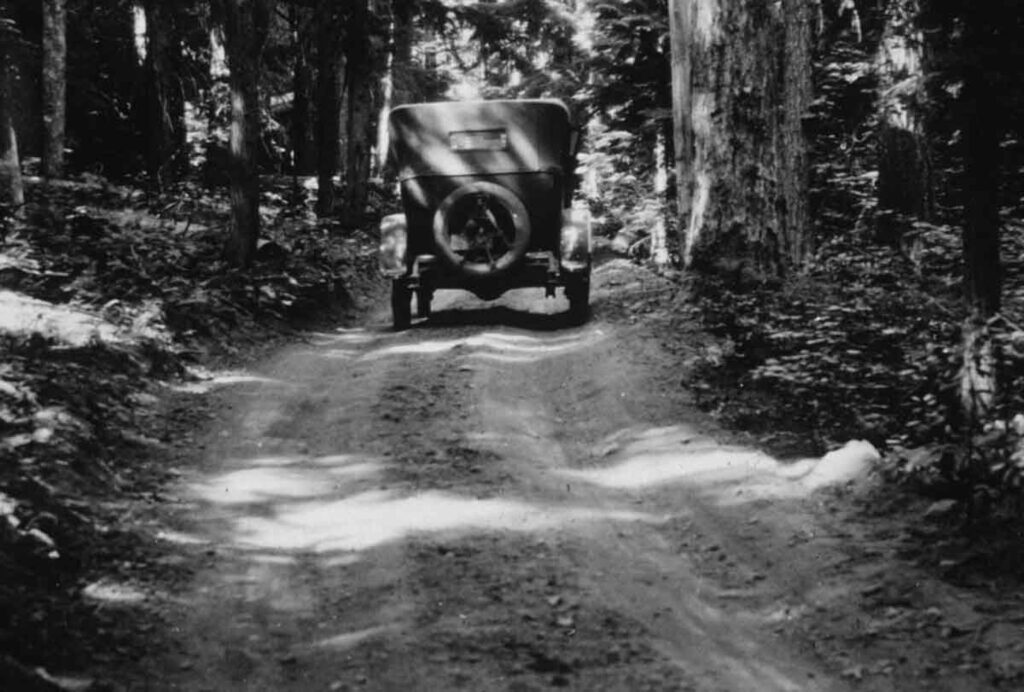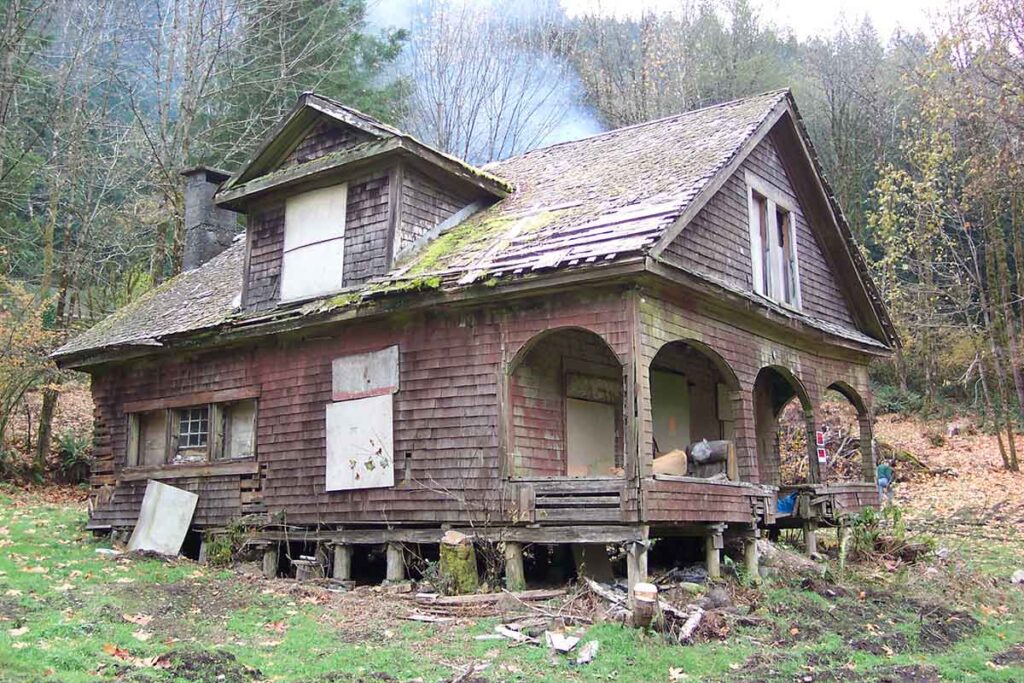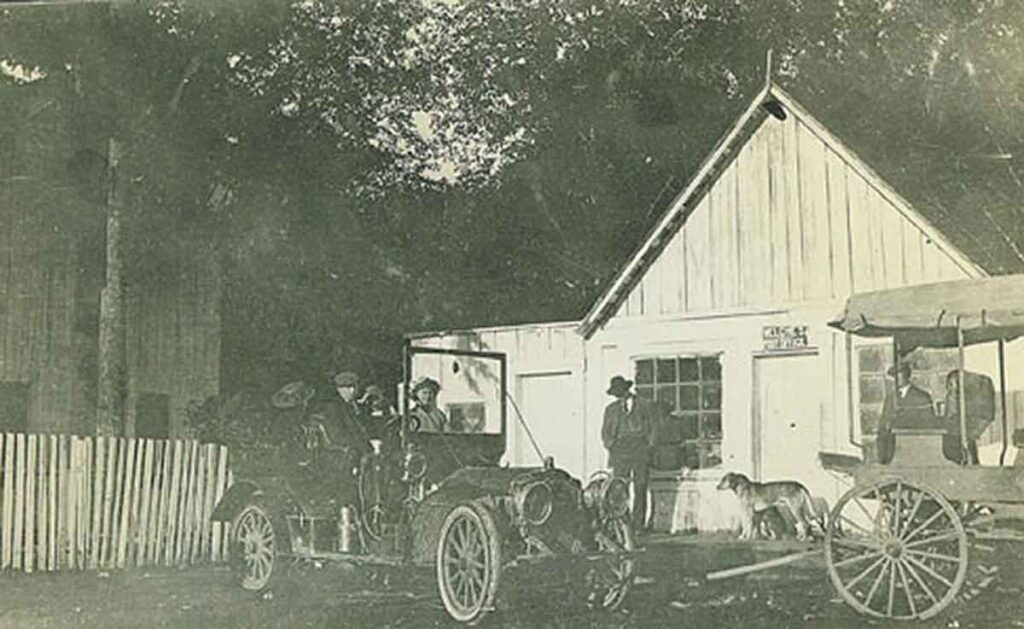The Historic Paths of Barlow Trail Road and Lolo Pass Road Have you ever driven along Barlow Trail Road or Lolo Pass Road and wondered about their origins? These quiet, winding roads are more than just modern routes—they are living pieces of history. Long before cars or bicycles rolled over them, these paths were game … Continue reading The Modern Barlow Trail Road
Tag: zigzag
The Town of Faubion
In 1907, William and Anna Faubion moved their family to the Mount Hood area from the Lents District of Portland.
Villages of Mt Hood Post Offices
The Villages of Mt Hood Post Offices What gives a town, or in this case a village, its identity? In most cases it’s the establishment of a post office. Many feel that the establishment of a post office is truly that which makes a settlement a town or a village. The case is no different … Continue reading Villages of Mt Hood Post Offices



